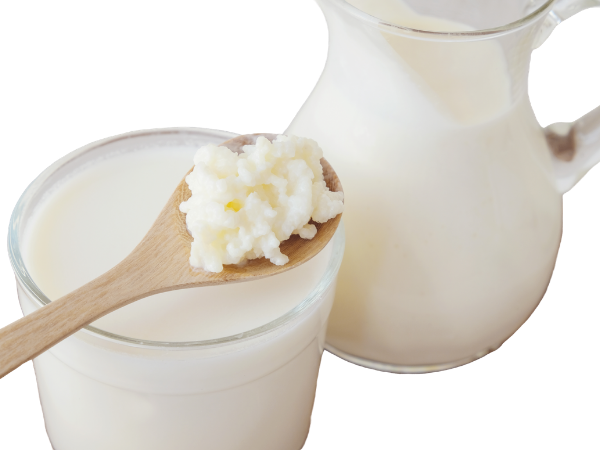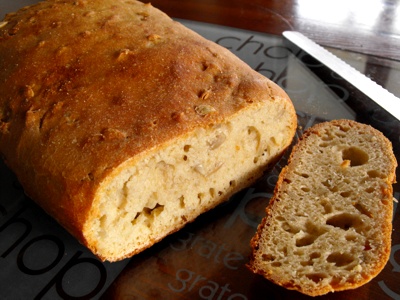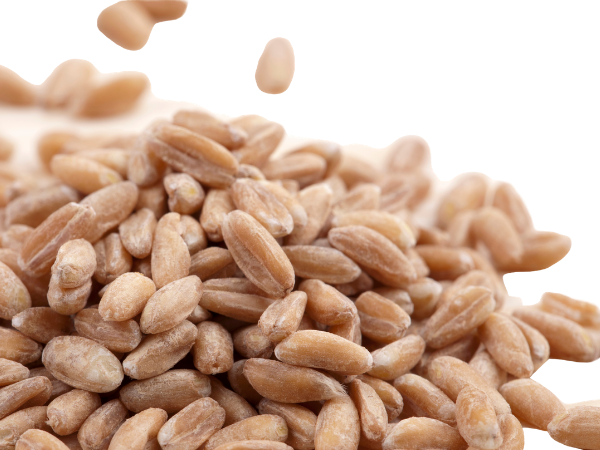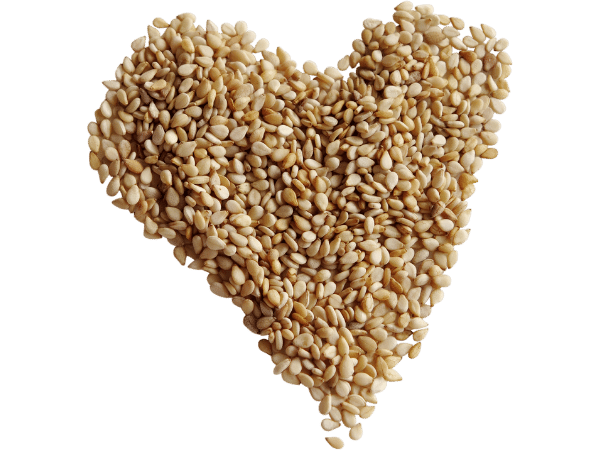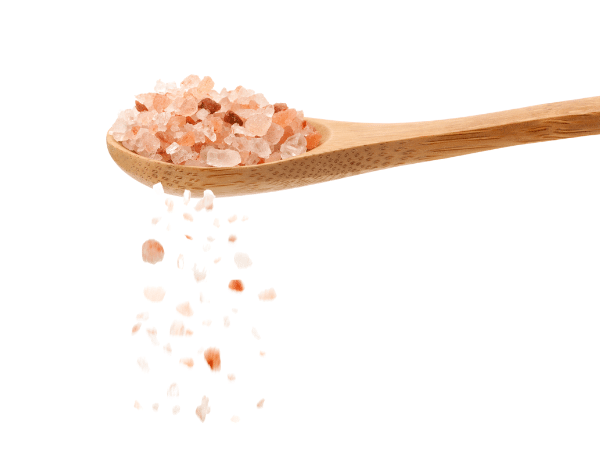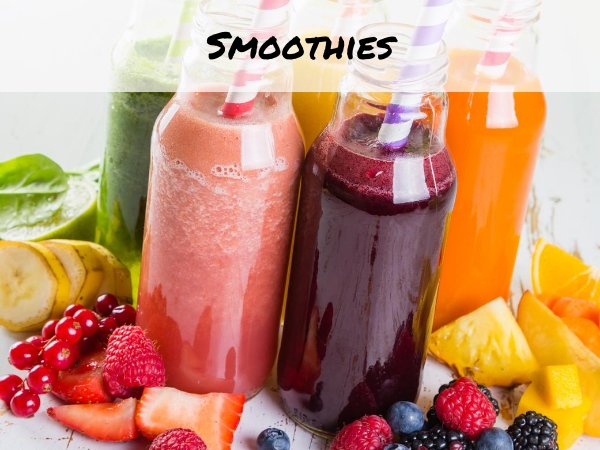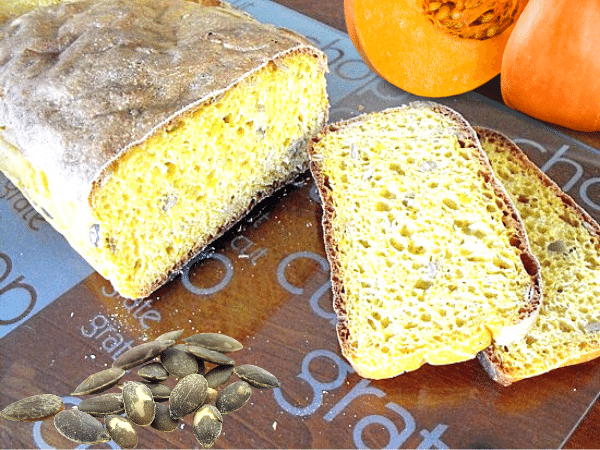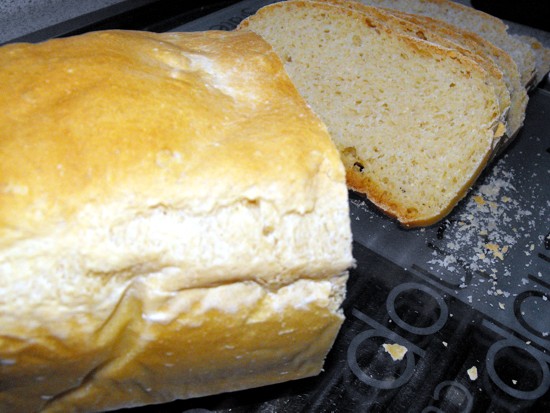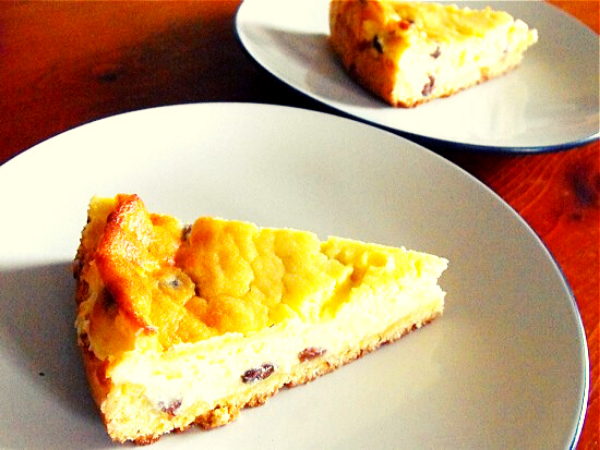What is kefir?
A natural pro-biotic drink, for a good feeling.
What is kefir?
Kefir is a cultured milk drink made by fermenting milk over a period of time with kefir grains. Kefir grains are made of a combination of bacteria and yeasts which explains it’s slightly sour taste. This sour taste increases with the amount of time the kefir spends fermenting milk. The kefir grain resembles a cauliflower and grows in size during fermentation as more is always produced. Kefir is re-usable and shareable. Keep excess kefir grains dried or, covered in milk powder, frozen for later use.
What is kefir ? - What are the benefits of kefir?
Kefir makes milk easier to digest and produces amino acids which are vital for the support of different body functions and may also work for those with lactose intolerance because of the friendly bacteria and yeast present after the milk ferments to kefir which aids lactose absorption. There is also a non dairy option named water kefir, which is made out of water but using a different kind of grain.
Where to find kefir
Kefir grains are often passed on from one person to another as it is a growing culture, so keep your ears open.
They can also be bought online from various addresses including http://users.sa.chariot.net.au/~dna/kefirpage.html . I am pretty sure they sell kefir and kefir grains commercially in various stores across the world but have not yet stumbled across them in New Zealand.
Buying and using kefir grains
When
buying commercial kefir it is important to keep in mind that commercial
kefir is most definitely made with pasteurized milk, in order to gain a
longer shelf life. However this fact lessons the useful ingredients in
the natural milk so if you want to avoid pasteurized milk it is best to
make your own kefir with raw milk. There are
also possibilities to go completely dairy-free and choose water kefir different grains are used to make this kind of kefir.
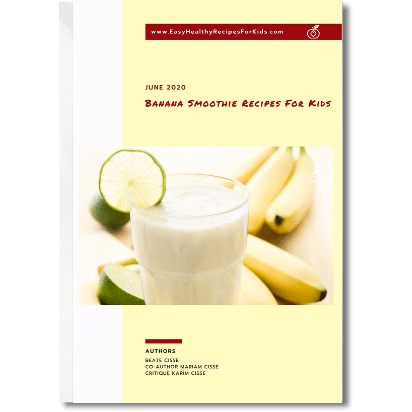
Receive a free to download 27-page e-booklet:
Banana Smoothie Recipes For Kids
and subscribe to our monthly newsletter filled with new recipes, ideas and insights.
Probiotics provide an extra layer of strength. (They behave like) soldiers in your intestinal tract to combat pathogens . . .
--Dr. Mary Ellen Sanders--
Internationally recognised expert in the field of probiotic microbiology. www.mesanders.com
Once you have obtained your kefir grains and decided what kind of milk you are going to use cow, goat, sheep, or milk substitutes like soy milk, rice milk, or coco nut milk add your grains to your chosen milk and let it sit at room temperature or in a warm place e.g. hot water cupboard for about 24-48 hours.
This depends on temperature, testing is advised as the kefir behaves differently in different circumstances. If
the kefir is creamy it is perfect. After straining out the kefir grains for later use, you can either consume the kefir fresh or store in the fridge, which I prefer.
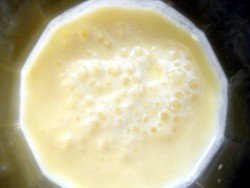
Further fermentation increases the flavor (sourness) and also carbonizes
the kefir. If kept outside of the fridge, for 2-3 days, a daily
shake prevents mould to form on top of the kefir. Under airlock the
strained kefir can be kept longer. This allows the
gas to get out but no air can get in.
Consumed by itself kefir tastes a treat. Age increases sourness in taste. Made with fresh raw milk when it has a creamy consistency it tastes the mildest. It can also be added as a substitute to milk or yoghurt in recipes as an extra healthy ingredient. I
personally prefer kefir in my morning smoothie as a yogurt substitute. But kefir can be used as a fermenting and rising agent in bread or in the 'Two Ingredient Pizza' as well.
So it’s a matter of finding what works best for you. Get inspired with incorporating kefir into your everyday diet by checking out our kefir recipes. With that we have now answered the puzzling question of, what is kefir.
What is kefir bread?
You need:
The amount of dough makes 2 loafs (22cm/13cm) of bread or 24 rolls (these are on
the smaller side), but have the perfect size for the school lunch box.
Ingredients:
- 6 cups of white spelt flour
- 2 -3 cups of kefir
- 1 cup of seeds (sesame, sunflower, pumpkin, linseed), or nuts (walnuts), or dried herbs (sage, rosemary)
- 3 teaspoons of salt
Method to what is kefir bread :
Mix the spelt and the seeds add the kefir in intervals, knead in between to see when you have reached a nice smooth consistency. If too much kefir is added then it can become sticky and becomes denser in the baking process.
Set aside and let it ferment for 8 to 12 hours at room temperature or until the dough has doubled in size.
Note:
You could let it sit for longer but the consistency gets stickier and it gets a slight cheesy undertone in taste. But that's just our opinion.
Knead through again, half the dough and fill the two loaf forms or form 24 rolls. Let sit for another 30-60 minutes or until risen again.
Preheat the oven to 200C° and bake the loafs covered with foil for 60 minutes and 10 minutes uncovered.
The rolls take only about 25-30 minutes or until a lightly golden tone is visible.
What are your special recipes you use kefir for?
For more information on 'What is Kefir' and were to get it check out these sites below:
http://users.sa.chariot.net.au/~dna/
http://www.kefir.net/
http://www.raw-milk-facts.com/kefir_T3.html
Kefir has many uses What do you use it for?
Do Share Your Recipe Variation Or Your Favorite One?
Do you have a favorite recipe variation or a favorite recipe? Share it!
- Easy Healthy Recipes For Kids ›
- Dairy, Raw Milk ›
- What Is Kefir

